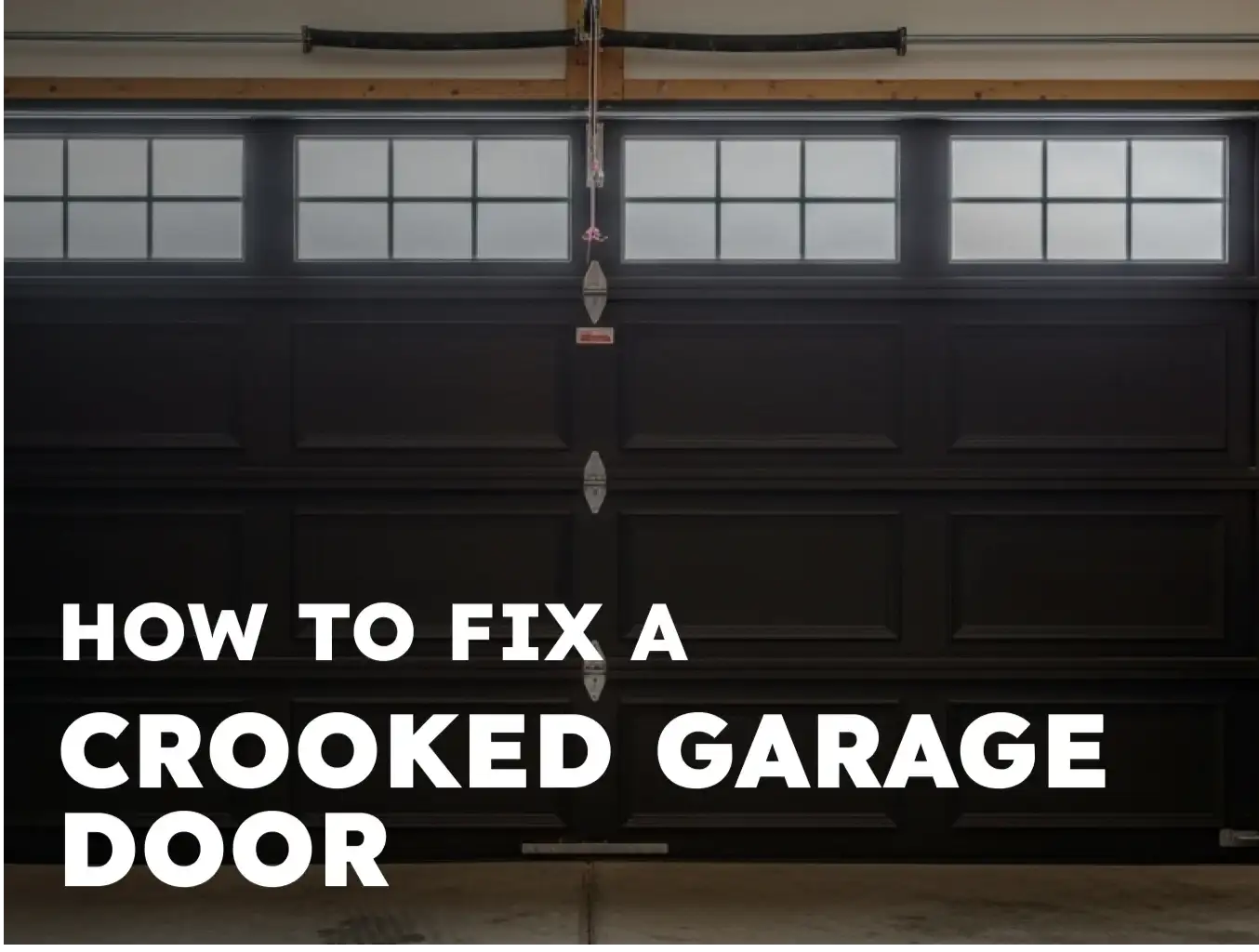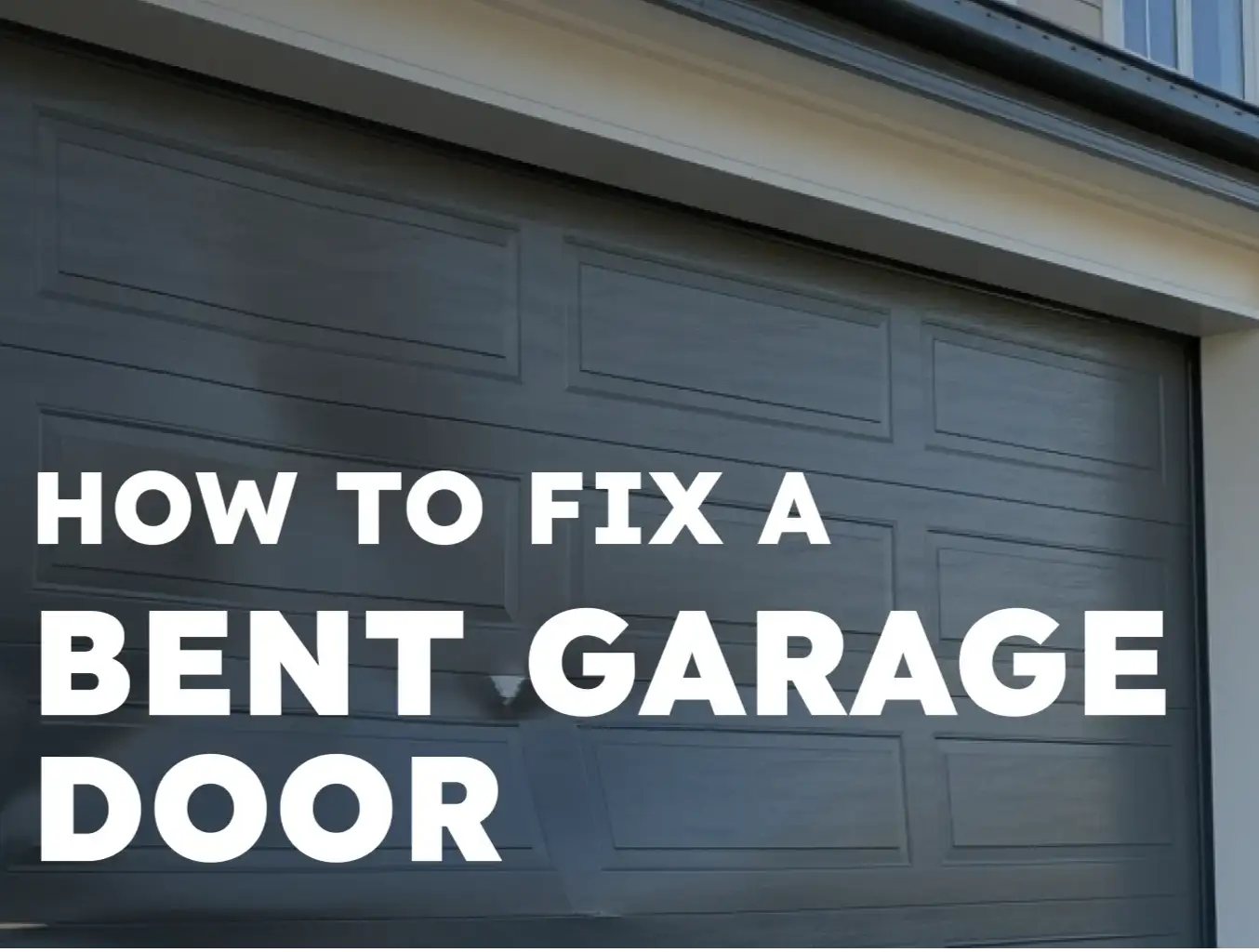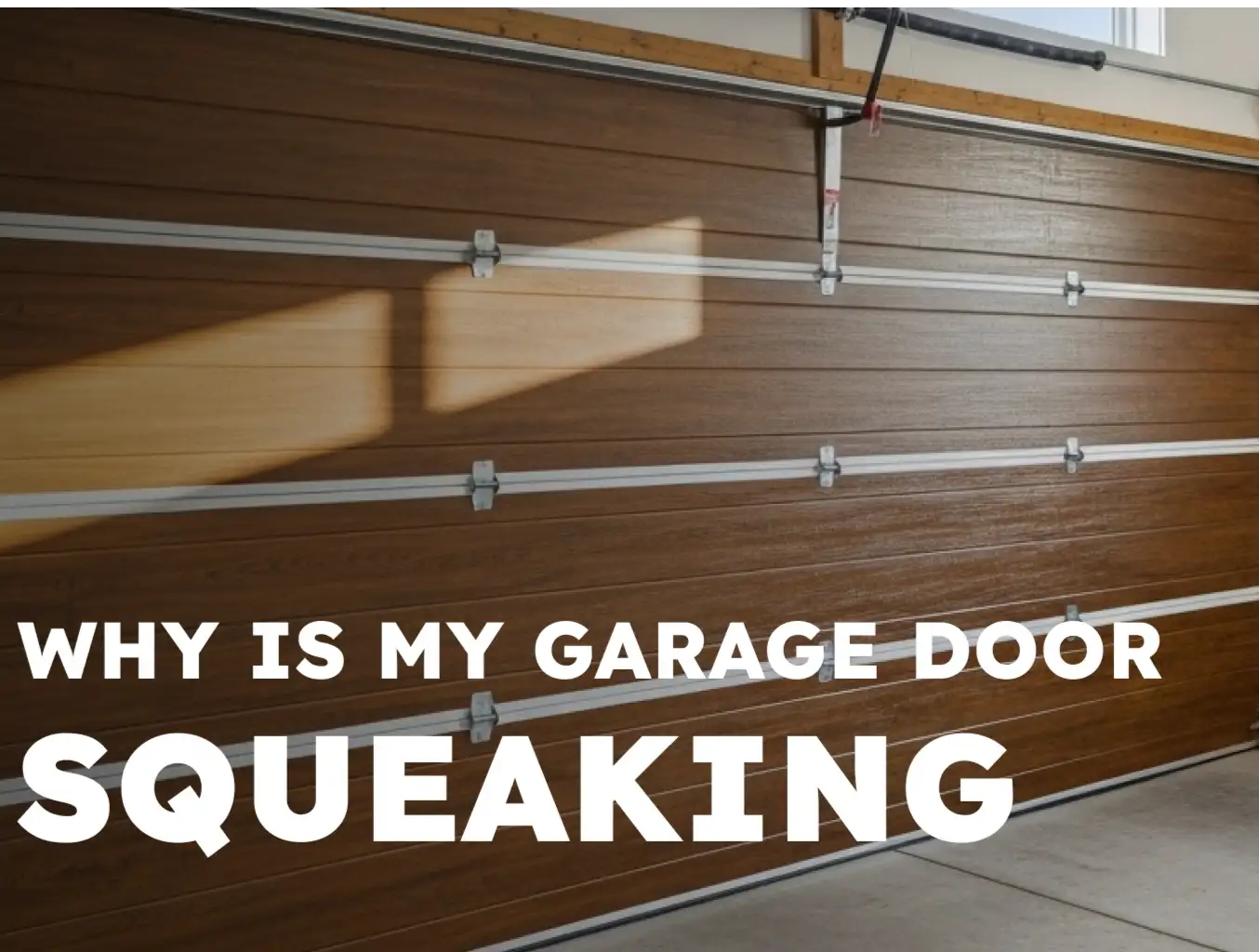How to Fix My Garage Door Safely Without Making Things Worse
Published: Nov 21, 2025
Rain’s coming down, you hit the remote, and nothing happens. Now you’re stuck in the driveway, wondering, “How to fix my garage door?” Or maybe your garage door has gotten noisy? The solution is often simpler than it looks. Most door issues stem from minor misalignments or power interruptions rather than catastrophic failures. Before you price out a new door, run a few quick safety checks. Up & Down Garage Doors walks you through practical steps to get the door moving again.
Smart First Steps for Garage Door Troubleshooting
When your garage door is stuck closed, the most common culprits are a power issue, misaligned sensors, or the Lock mode being left on.
Step 1. Confirm the Opener Has Power
Before you grab tools, check the power. Make sure the opener is plugged in and that a breaker or GFCI outlet hasn’t tripped. If the wall button runs the door but the remote doesn’t, replace the remote’s battery and make sure the opener’s antenna hangs straight down. For a quick walk-through, see how to change a garage door remote battery.
Step 2. Check the Lock Mode
Many wall consoles have a Lock (sometimes called Vacation) button. If it’s on, the garage door won’t open with the remotes, even though the motor is fine. Hold the Lock button for 3–5 seconds to deactivate, then retest.
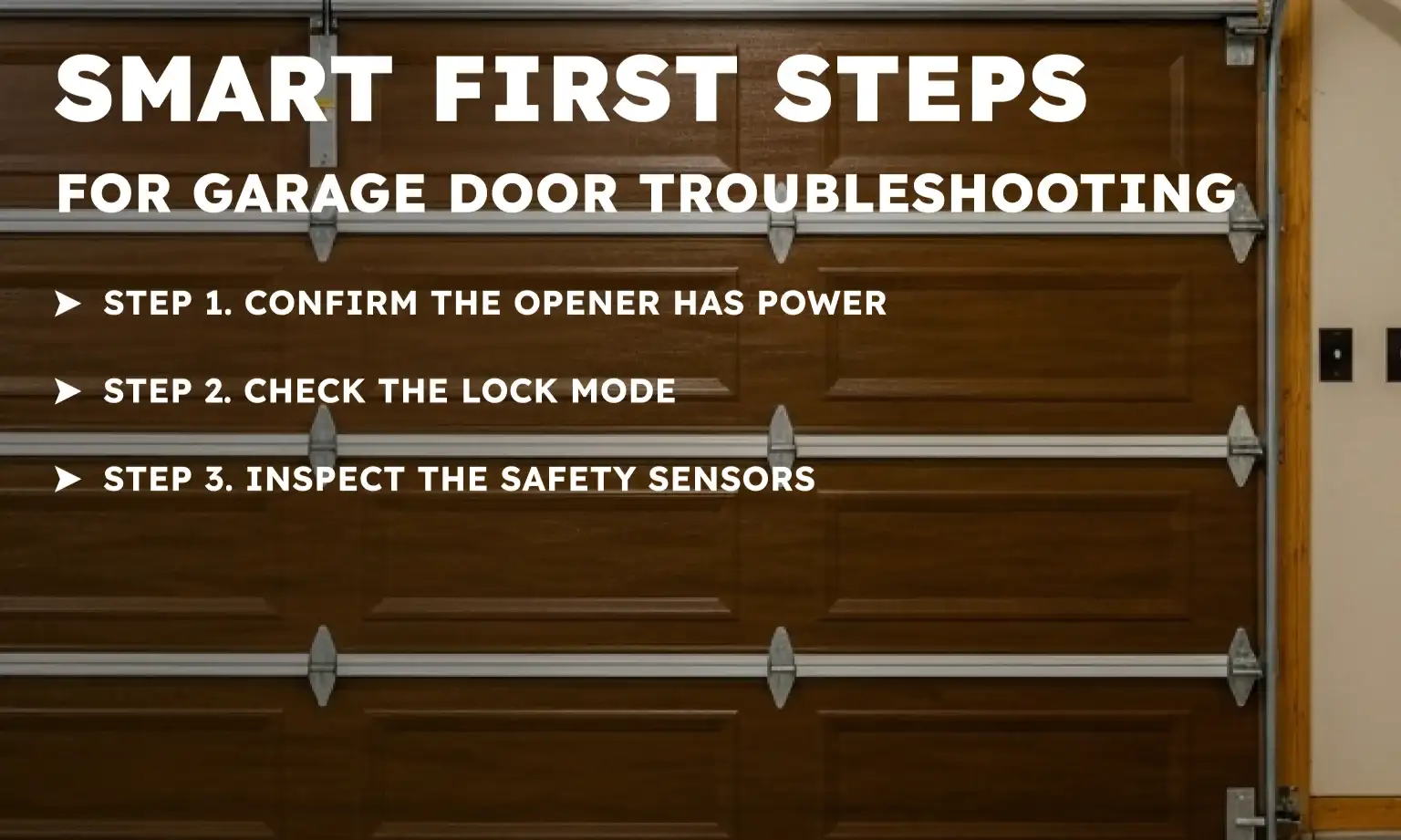
Step 3. Inspect the Safety Sensors
If the garage door is stuck closed, it’s often caused by blocked or misaligned photo-eye sensors near the floor on both sides of the opening.
Clean the lenses.
Gently wipe the sensor lenses with a clean microfiber cloth to remove dust and spiderwebs.Check alignment.
Look for a solid green light on the receiving sensor. If it’s flickering or off, gently adjust the bracket by hand until the light stabilizes.Clear the path.
Make sure no boxes, tools, or tires are cutting through the invisible beam.

Fix Noisy Garage Door: Quick Quieting Steps
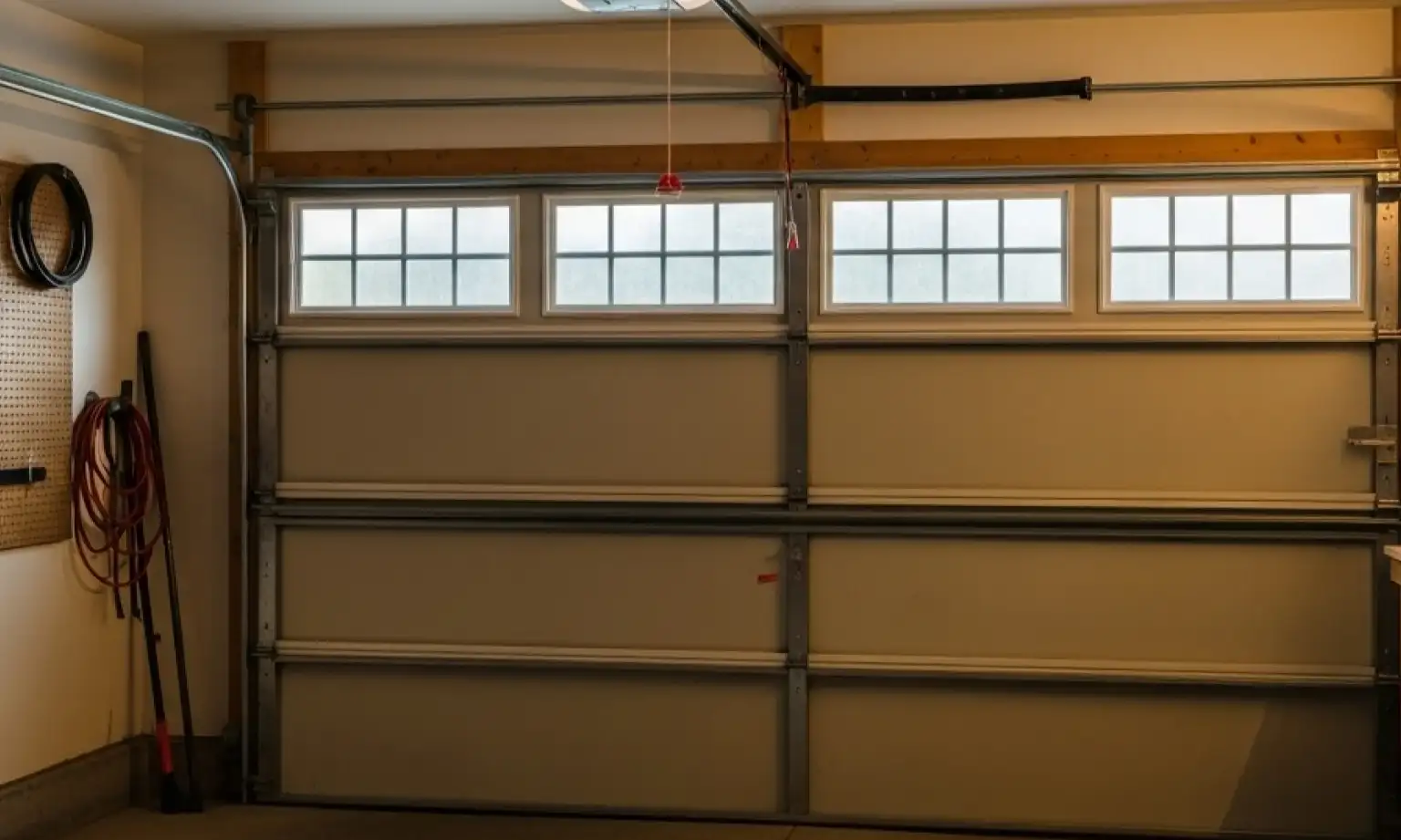
A grinding or screeching door is often a cry for lubrication. If the door moves but screeches, it’s annoying, but not an emergency. To fix noisy garage door problems, start with the right lubricant. Never use standard WD-40, which acts as a solvent and can strip away existing grease. Instead, use a silicone spray or white lithium grease.
Lubricate Moving Parts.
Lightly coat steel rollers (bearings only), hinges, and springs.Tighten Hardware.
Vibration loosens nuts and bolts over time — snug the track-bracket and hinge fasteners with a wrench.
Still noisy? Take a minute to read why your garage door is so loud for quick ways to spot worn rollers, a loose chain, or a vibrating opener mount.

How to Fix Garage Door Off-Track: Minor Track Fixes

Sometimes the door binds because the metal tracks have shifted or taken a light hit. For a simple garage door off-track repair, inspect the vertical tracks for dents. You can often tap small dents back into shape with a rubber mallet. If the tracks look misaligned, loosen the mounting screws slightly, use a level to set the track plumb (perfectly vertical), tap it into position, then retighten.
Signs of Track Trouble
Rubbing Noises.
The door scrapes against the wood jamb or metal stop.Gaps.
You can see light showing through the sides when the door is closed.Sticking.
The door hesitates at the same spot every time.

Garage Door Opener Repair and Dangerous Components
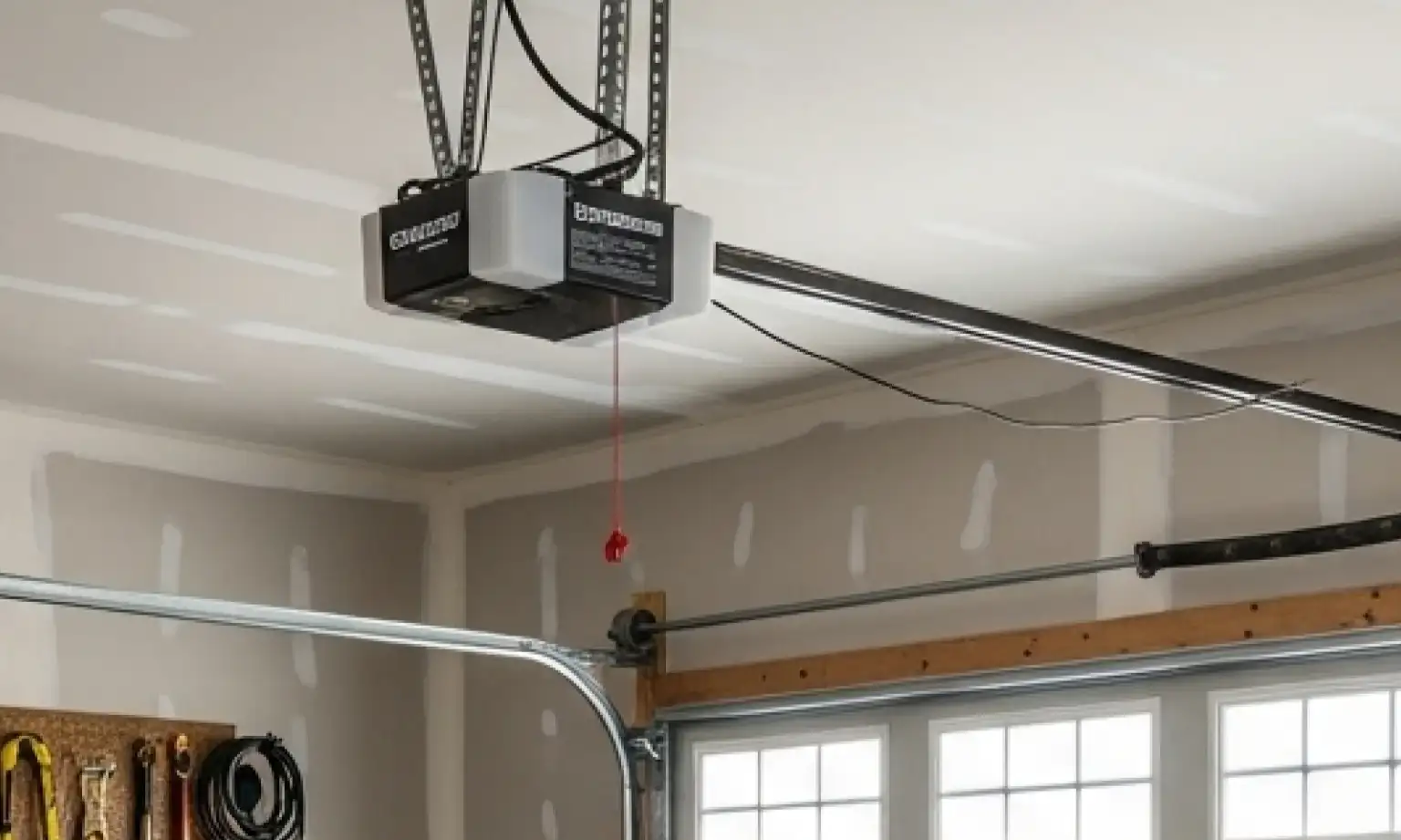
Some repairs involve parts under extreme tension that can cause severe injury. While you can handle sensor adjustments and lubrication, garage door opener repair involving internal gears or circuit boards often requires specific testing equipment. More importantly, you must identify when a problem is strictly for a professional.
High-Tension Garage Door Parts to Leave to a Pro
Torsion Springs.
The large, tightly wound coils above the door counterbalance the door’s weight. Adjusting or winding them is not a DIY task.Broken Spring.
If a spring snaps, the door gets extremely heavy and dangerous to lift. Do not try to rewind or move it yourself.Frayed or Loose Lift Cables.
Cables carry the same high tension. If you see fraying or slack, keep clear and call Up & Down Garage Doors.
If you face garage door problems opening and closing that persist after you’ve cleaned sensors and lubricated the track, you might have major structural damage. A badly bent section or a door that has come completely out of the tracks requires professional garage door repair so the heavy panels don’t fall.

Final Take: DIY Fixes vs. Pro Repairs
When you panic thinking “how to fix my garage door,” you don’t need a pile of specialty tools to keep your garage door running smoothly. If the safety sensors are blinking, that’s a DIY fix — gently realign them until the indicator turns solid green. Hearing loud squeaks? That’s DIY as well — apply a light coat of white lithium grease to the rollers and hinges. But if you see a snapped cable or a broken spring, stop there. Those parts are under high tension and should only be handled by a professional.
When the job goes beyond quick maintenance, Up & Down Garage Doors is ready to help. From simple tune-ups to major repairs, we’ll get your door back on track safely and reliably.
Frequently Asked Questions
What should I do if my garage door is not opening but the motor is running?
This usually means the opener’s gear is stripped or the trolley may be disengaged. Check if the red emergency cord was pulled, disengaging the door from the drive chain or belt.
Is there an easy at-home fix for a noisy garage door?
Yes. Using a dedicated garage door lubricant (like silicone spray) on the rollers, hinges, and springs often solves the problem. Avoid heavy grease in the tracks, as it attracts dirt.
Can I fix a crooked garage door myself?
We generally advise against this. A crooked door typically indicates a jumped cable or a spring that has lost tension on one side. Because these parts are under high tension, they are dangerous to adjust without proper tools.
How often should I do garage door maintenance?
Aim for every six months. A quick inspection of the sensors, a test of the auto-reverse safety feature, and a round of lubrication will extend the life of your system significantly.
How do I reconnect the door after using the emergency release?
Pull the red cord down to reset the release lever, then close the door fully by hand until the trolley clicks back onto the rail. If it won’t re-engage or you’re unsure of the steps, see how to reset a garage door opener after pulling the red cord for a simple walkthrough, and avoid running the opener while the door is disengaged.
